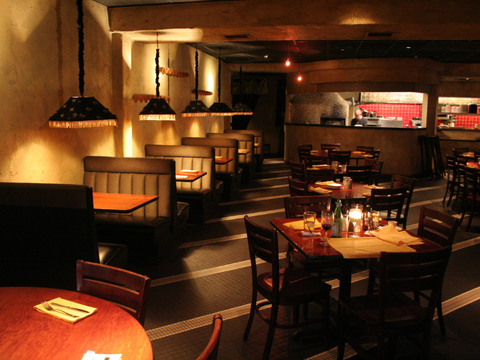Hello fellow design lovers and restaurant regulars! Today, we're delving into a topic that effortlessly blends psychology, design, and the world of dining: the psychology of restaurant color schemes.
Ever wonder why some restaurants make you feel relaxed and at ease, while others seem to energize you and get you ready for a night out? Or why do some fast food restaurants seem to scream "eat and leave" while others invite you to linger during your meal? A lot depends on the color scheme they use. Let’s explore the fascinating world of color psychology and how it affects your dining experience.
Color Psychology 101
Color psychology is the study of how colors influence human behavior and decision-making. Different hues can cause different emotional responses, affect our mood, and even affect our appetite. This forms the basis for the restaurateur’s carefully chosen color scheme.
The power of red and yellow
When you think of fast food giants like McDonald's or KFC, what colors come to mind? That’s right – red and yellow. These colors are known to stimulate appetite, increase heart rate and create a sense of urgency, making them ideal for fast-food environments where quick turnaround is the goal. Red is particularly powerful, associated with excitement and passion, and it can stimulate your appetite and make you eat faster. Yellow, on the other hand, is often associated with happiness and friendliness and can create a welcoming atmosphere.

Cool blue and green
In contrast, if you've ever dined at a high-end restaurant or health-conscious cafe, you may have noticed the pop of blue and green. These cool colors are known to curb appetite, promote relaxation and slow down the pace. They are often used in places to emphasize the enjoyment of a leisurely meal or to promote healthier food choices.
Earth brown and neutral colors
Then there are earth tones – browns, creams and other neutrals. These colors often evoke feelings of warmth, comfort, and reliability. They are often used in family restaurants and traditional eateries where the goal is to make customers feel at home and encourage them to stay longer.
The role of lighting
In addition to wall color, lighting plays a vital role in shaping the dining experience. Soft, warm lighting can create a cozy, intimate atmosphere perfect for fine dining, while bright, cool lighting can make a space feel vibrant and fast-paced.

All in all, a restaurant’s color and lighting contribute to more than just its aesthetic appeal. They play a big role in how we see a place, how long we stay, what we order, and even how we taste the food. So next time you walk into a restaurant, take a moment to observe the colors around you. You'll be surprised how much of an impact they can have on your dining experience!
Stay tuned for more exciting insights into the world of design and psychology. Until then, happy dining!
























